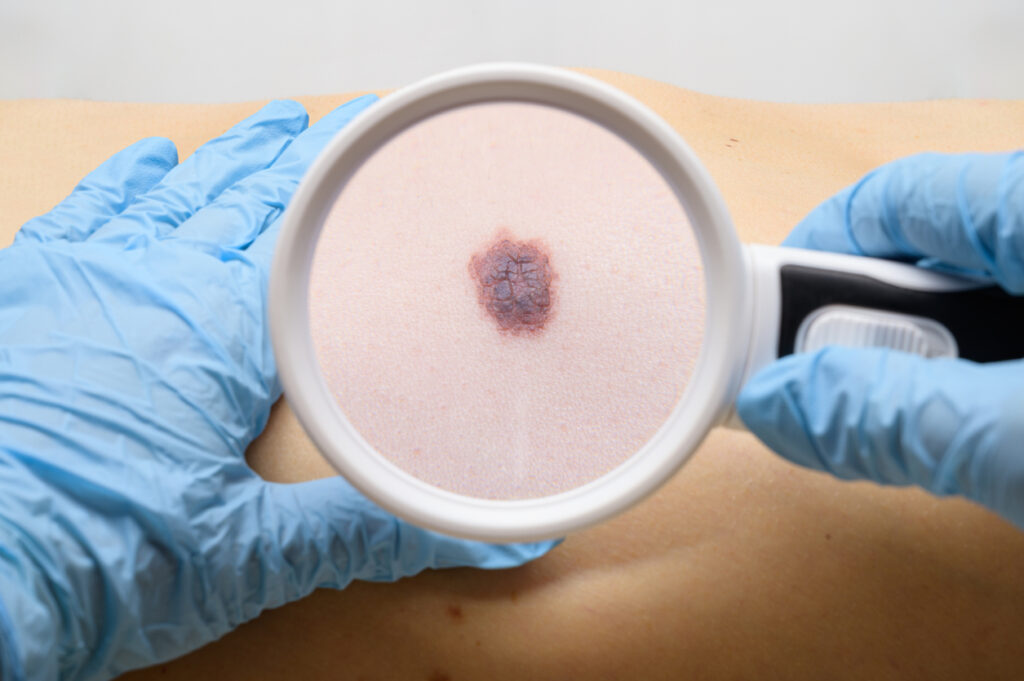Castle Biosciences, Inc.’s DecisionDx-Melanoma test can reduce unnecessary sentinel lymph node (SLN) procedures by about 25%, lowering the costs and risks of complications that can accompany these biopsies, according to new research presented at the Society of Surgical Oncology 2024 Annual Meeting in Atlanta.
DecisionDx-Melanoma has been designed and validated to inform two clinical questions in the management of melanoma: a patient’s risk of melanoma recurrence and metastasis, and their individual risk of SLN positivity.
Researchers shared three-year outcomes data from Castle’s prospective, multi-center study of patients with cutaneous melanoma who were being considered for an SLNB. Current National Comprehensive Cancer Network guidelines use a 5% likelihood of SLN positivity as the threshold to avoid versus consider/recommend an SLNB due to an increased risk of metastasis.
In the study, no patients with a DecisionDx-Melanoma predicted risk of SLN positivity less than 5% had a positive SLN (among all tumor stages studied). If DecisionDx-Melanoma was used to inform management decisions, the test’s results could have further reduced the number of patients with T1-T2 tumors who could have avoided SLNB by 25% as well as the associated costs and risks of complications that accompany these procedures. Additionally, at three years, all patients with a low-risk DecisionDx-Melanoma test result were recurrence free, the study showed.
In a related poster, researched found that DecisionDx-Melanoma can also help determine which patients should be considered for more intensive management, such as SLNB, increased follow-up frequency and imaging surveillance, to improve patient outcomes. In a pooled cohort of 979 patients with thin (T1) tumors, a DecisionDx-Melanoma Class 2B result was the strongest predictor of a positive SLN, among other risk factors that included patient age, tumor location, Breslow thickness, tumor ulceration and more.


